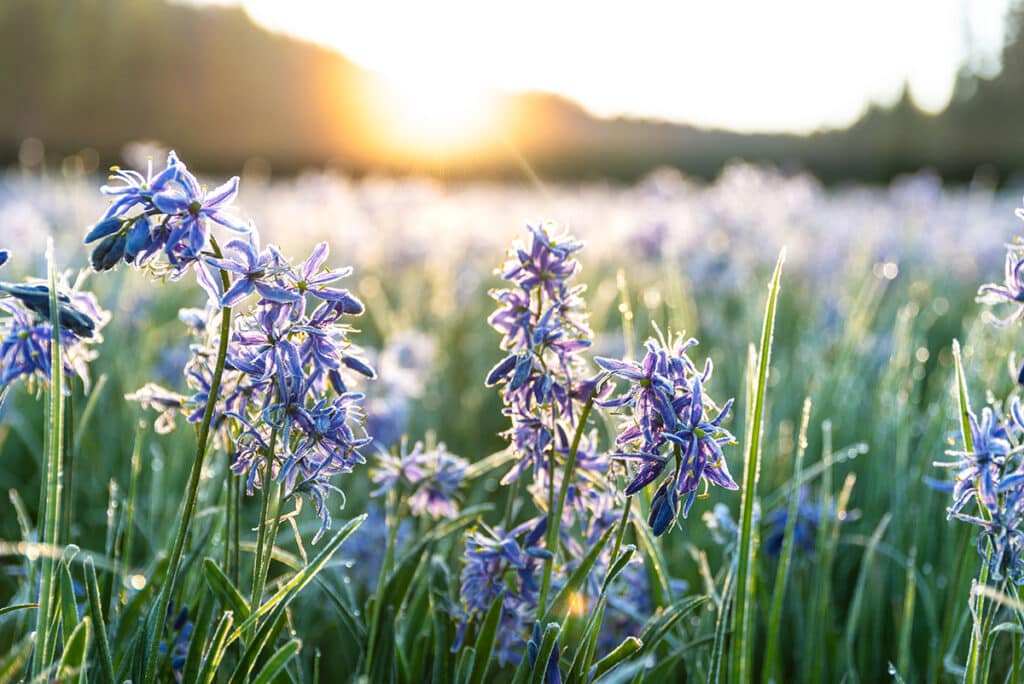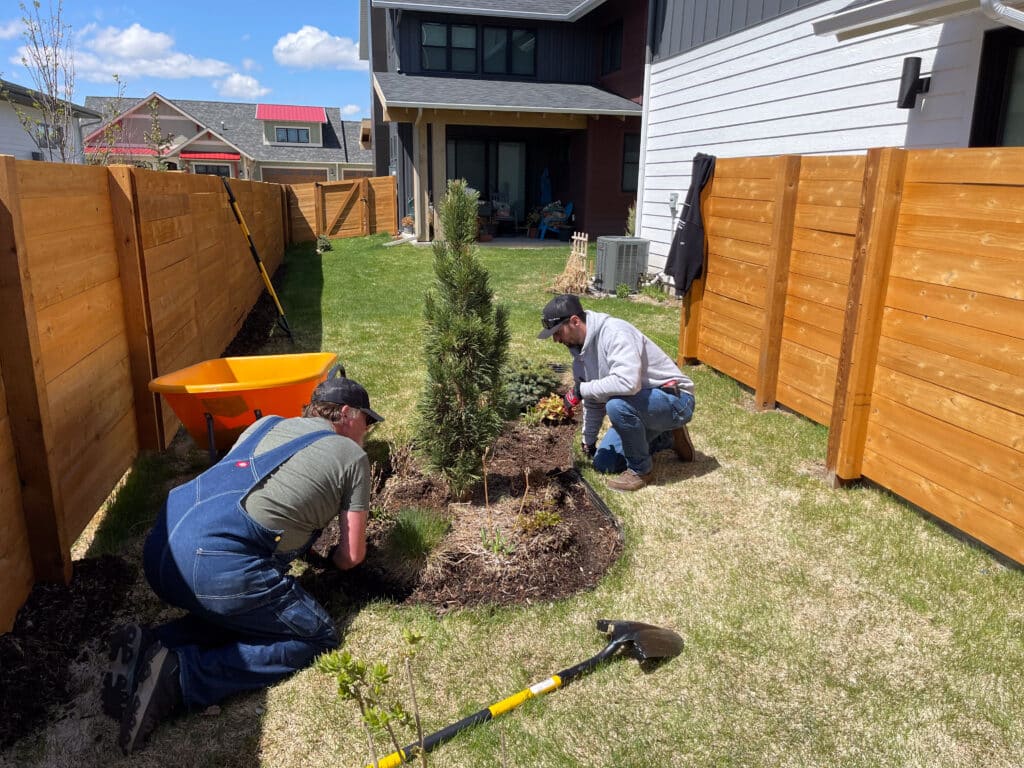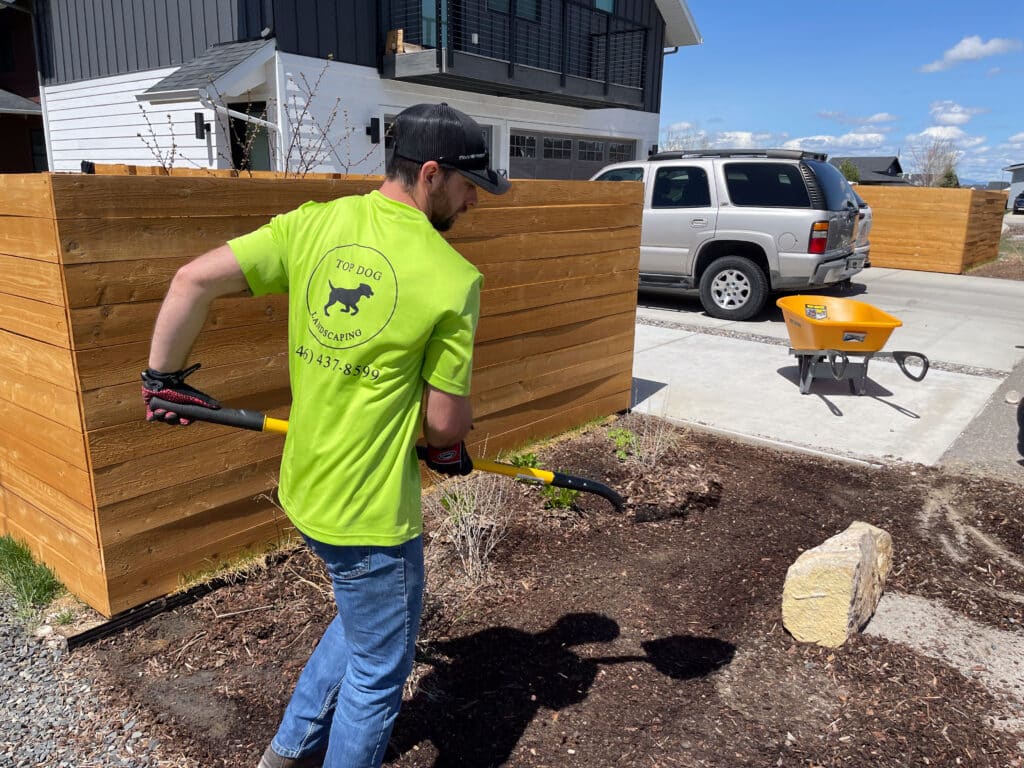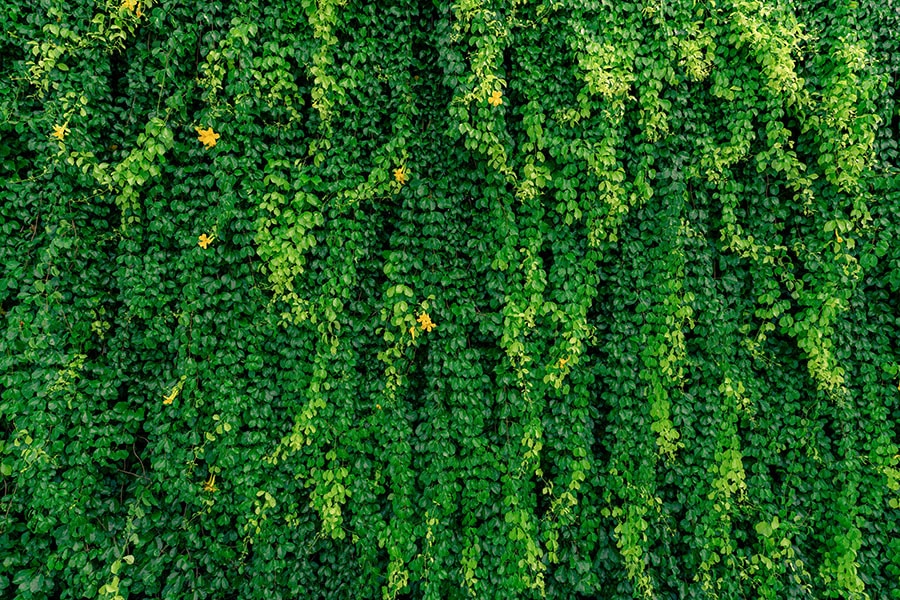Perennials like lavender, coneflowers, and daylilies offer long-lasting beauty and require less maintenance.
Selecting the best perennial plants for landscaping involves considering factors such as climate, soil conditions, and aesthetic preferences. Perennials are plants that live for more than two years, providing long-lasting beauty to your garden. Here is a list of popular and versatile perennial plants that are known for their reliability and appeal:
The list
1. Coneflower (Echinacea)
Features: Daisy-like flowers with a prominent central cone.
Benefits: Drought-tolerant, attracts pollinators, and blooms throughout summer.
2. Black-Eyed Susan (Rudbeckia hirta)
Features: Golden-yellow petals with a dark central cone.
Benefits: Easy to grow, attracts butterflies, and adds vibrant color to the garden.

3. Hosta (Hosta spp.)
Features: Varied foliage shapes and colors.
Benefits: Shade-tolerant, low maintenance, and provides lush ground cover.
4. Daylily (Hemerocallis)
Features: Large, trumpet-shaped flowers in various colors.
Benefits: Hardy, prolific blooms, and adaptable to different soil types.
5. Shasta Daisy (Leucanthemum x superbum)
Features: White, daisy-like flowers with yellow centers.
Benefits: Long-lasting blooms, attracts beneficial insects, and adds a classic touch.
6. Russian Sage (Perovskia atriplicifolia)
Features: Silvery-gray foliage and spikes of lavender-blue flowers.
Benefits: Drought-tolerant, deer-resistant, and provides a wispy texture.
7. Astilbe (Astilbe spp.)
Features: Feathery plumes in various colors.
Benefits: Thrives in partial shade, adds texture, and blooms in late spring to early summer.
8. Sedum (Sedum spp.)
Features: Fleshy leaves and clusters of star-shaped flowers.
Benefits: Drought-tolerant, attracts butterflies, and offers year-round interest.
9. Lavender (Lavandula)
Features: Fragrant, linear leaves, and spikes of purple flowers.
Benefits: Drought-tolerant, attracts bees, and adds a delightful scent to the garden.
10. Peony (Paeonia)
Features: Large, showy flowers in various colors.
Benefits: Long-lived, fragrant blooms, and adds a touch of elegance.
11. Bee Balm (Monarda)
Features: Tubular flowers in shades of red, pink, or purple.
Benefits: Attracts pollinators, resistant to deer, and blooms from midsummer to early fall.
12. Salvia (Salvia spp.)
Features: Spikes of tubular flowers in various colors.
Benefits: Hummingbird-friendly, drought-tolerant, and provides vertical interest.
13. Coreopsis (Coreopsis spp.)
Features: Daisy-like flowers with a bright and cheerful appearance.
Benefits: Drought-tolerant, attracts butterflies, and blooms profusely.
14. Balloon Flower (Platycodon grandiflorus)
Features: Unique, balloon-like buds that open into star-shaped flowers.
Benefits: Low maintenance, long-lived, and adds a playful element.
15. Ajuga (Ajuga reptans)
Features: Low-growing ground cover with spikes of blue, purple, or pink flowers.
Benefits: Shade-tolerant, spreads well, and adds color to shaded areas.
16. Yarrow (Achillea millefolium)
Features: Flat-topped clusters of tiny flowers in various colors.
Benefits: Drought-tolerant, attracts beneficial insects, and provides a cottage garden feel.
17. Japanese Anemone (Anemone hupehensis)
Features: Graceful, nodding flowers in shades of pink or white.
Benefits: Late-season blooms, shade-tolerant, and adds elegance to the garden.
18. Hellebore (Helleborus)
Features: Evergreen foliage and nodding, cup-shaped flowers.
Benefits: Shade-tolerant, early spring blooms, and deer-resistant.
19. Coral Bells (Heuchera)
Features: Colorful foliage in shades of green, purple, or burgundy.
Benefits: Shade-tolerant, adds texture, and complements other perennials.
20. Catmint (Nepeta)
Benefits: Fragrant, gray-green foliage and spikes of lavender-blue flowers.
Features: Drought-tolerant, attracts bees and butterflies, and provides a soft texture.
Final Thoughts
When selecting perennials, consider factors such as sun exposure, soil conditions, and local climate to ensure the plants thrive in your specific environment. Combining these perennial plants strategically can create a diverse and visually appealing landscape that offers year-round interest.



